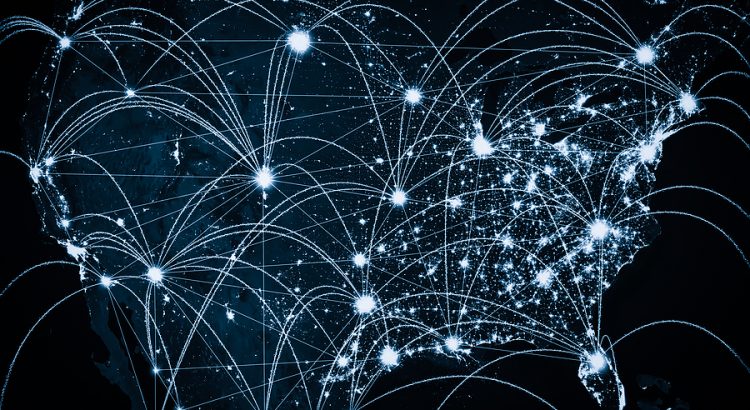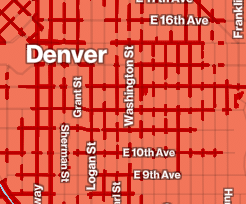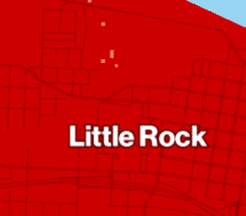Today, Project Genesis, Dish’s 5G service powered by the company’s new network, allegedly went live in over 120 cities. Previously, the service was only officially available in Las Vegas.
Here’s the tweet from Stephen Stokols, CEO of Boost Mobile (Boost is owned by Dish):
Access to the most advanced 5G network in the world officially live in over 120 cities today:https://t.co/9HuMvQHKUL
— stokols (@stokols) June 14, 2022
With service going live in the new cities, Dish is poised to meet a commitment it made with the FCC to cover 20% of the US population by mid-June.
The Project Genesis website has a list of cities where service is available. I don’t know how comprehensively Dish covers the included cities. As of today, service is available in 128 cities by Dish’s counting:
- Albuquerque, NM
- Altoona, IA
- Ann Arbor, MI
- Asheville, NC
- Bay City, MI
- Bellevue, NE
- Bentonville, AR
- Binghamton, NY
- Boise, ID
- Bowling Green, KY
- Brooksville, FL
- Brownsville, TX
- Carson City, NV
- Cary, NC
- Casper, WY
- Champaign, IL
- Charlotte, NC
- Chattanooga, TN
- Chester, VA
- Cheyenne, WY
- Chicopee, MA
- Clarksville, TN
- Cleveland, OH
- Cocoa Beach, FL
- Columbus, OH
- Concord, NC
- Corpus Christi, TX
- Dallas, TX
- Davenport, IA
- Daytona Beach, FL
- Denton, TX
- Des Moines, IA
- Duluth, MN
- Eagle, ID
- Elmira, NY
- El Paso, TX
- Evansville, IN
- Fayetteville, AR
- Flagstaff, AZ
- Flint, MI
- Fond du Lac, WI
- Fort Smith, AR
- Fresno, CA
- Ft Worth, TX
- Gadsden, AL
- Grand Junction, CO
- Greensboro, NC
- Gulfport, MS
- Harrisonburg, VA
- Hartford, CT
- Hattiesburg, MS
- Henderson, NV
- Hendersonville, TN
- High Point, NC
- Hot Springs, AR
- Houston, TX
- Huntsville, AL
- Indianapolis, IN
- Ithaca, NY
- Jackson, MI
- Jackson, MS
- Kansas City, KS
- Johnson City, TN
- Johnstown, PA
- Kingsport, TN
- Knoxville, TN
- Lansing, MI
- Las Vegas, NV
- Lawton, OK
- Lexington, KY
- Lincoln, NE
- Little Rock, AR
- Louisville, KY
- McAllen,TX
- Mechanicsville, VA
- Merced, CA
- Meridian, ID
- Middletown, CT
- Midland, MI
- Midlothian, VA
- Modesto, CA
- Murfreesboro, TN
- Nashville, TN
- New Braunfels, TX
- Norfolk, VA
- Ocala, FL
- Ogden, UT
- Oklahoma City, OK
- Omaha, NE
- Orlando, FL
- Palm Bay, FL
- Petersburg, VA
- Pine Bluff, AR
- Prescott, AZ
- Provo, UT
- Pueblo, CO
- Raleigh-Durham, NC
- Rapid City, SD
- Reno, NV
- Richmond, VA
- Rochester, MN
- Rochester, NY
- Saginaw, MI
- Salt Lake City, UT
- Sioux Falls, SD
- Sparks, NV
- Spokane, WA
- Springfield, IL
- Springfield, MA
- Springfield, MO
- St Joseph, MO
- St. Louis, MO
- Stockton, CA
- Suffolk, VA
- Superior, WI
- Syracuse, NY
- Texas City, TX
- Tulsa, OK
- Tuscaloosa, AL
- Urbandale, IA
- Utica, NY
- Valdosta, GA
- Victoria, TX
- Virginia Beach, VA
- Wildwood, FL
- Williamsburg, VA
- Winter Garden, FL
- Yuma, AZ













